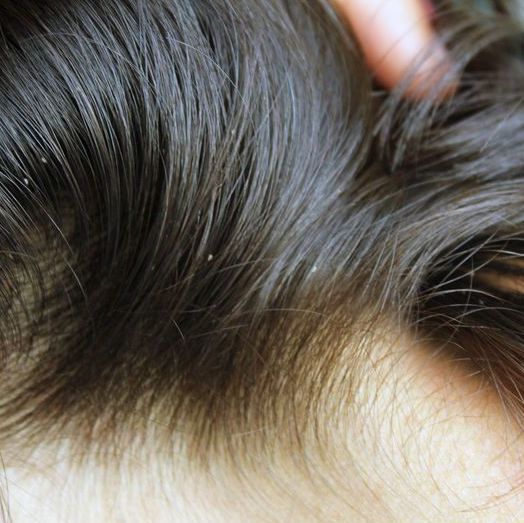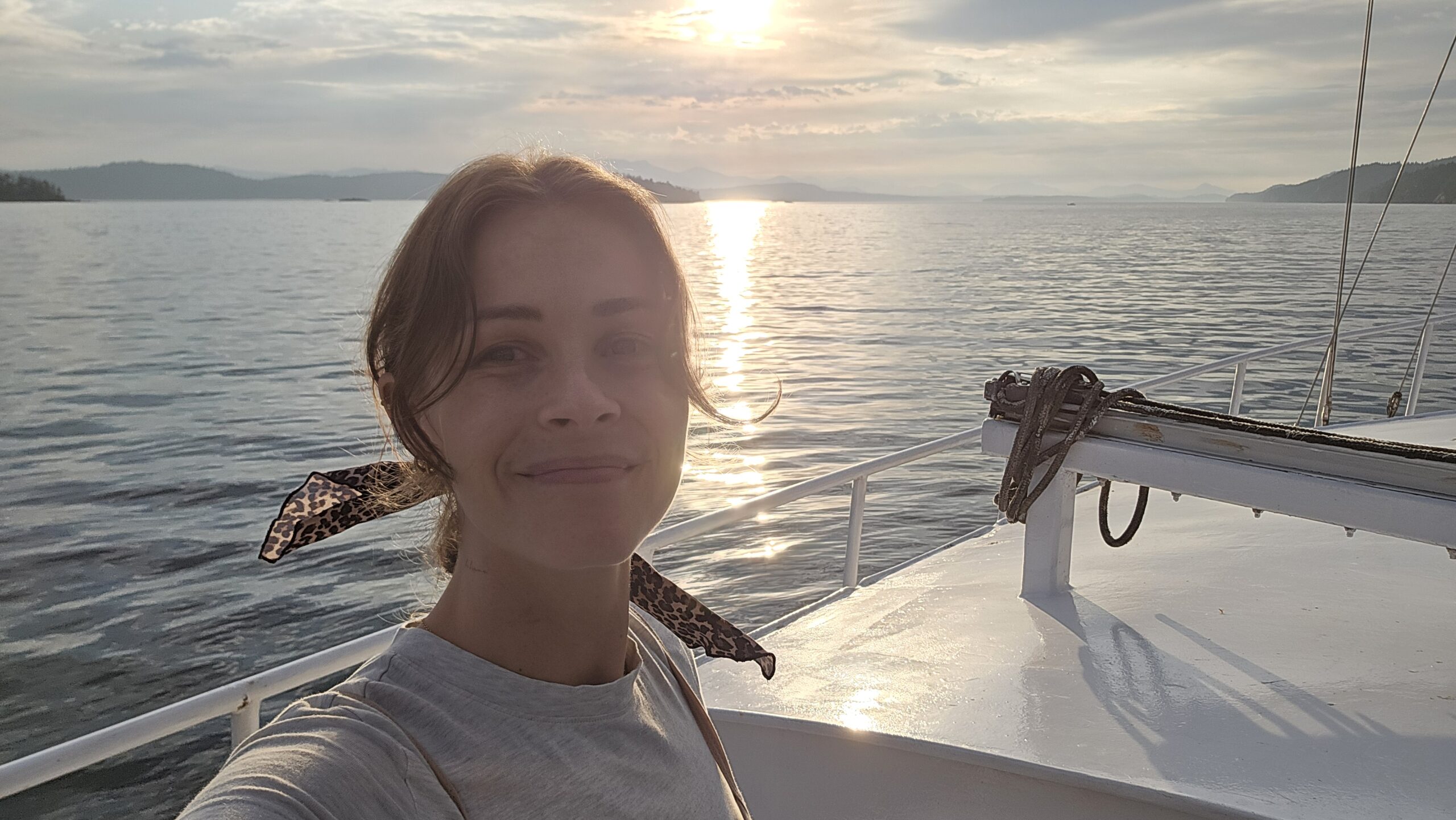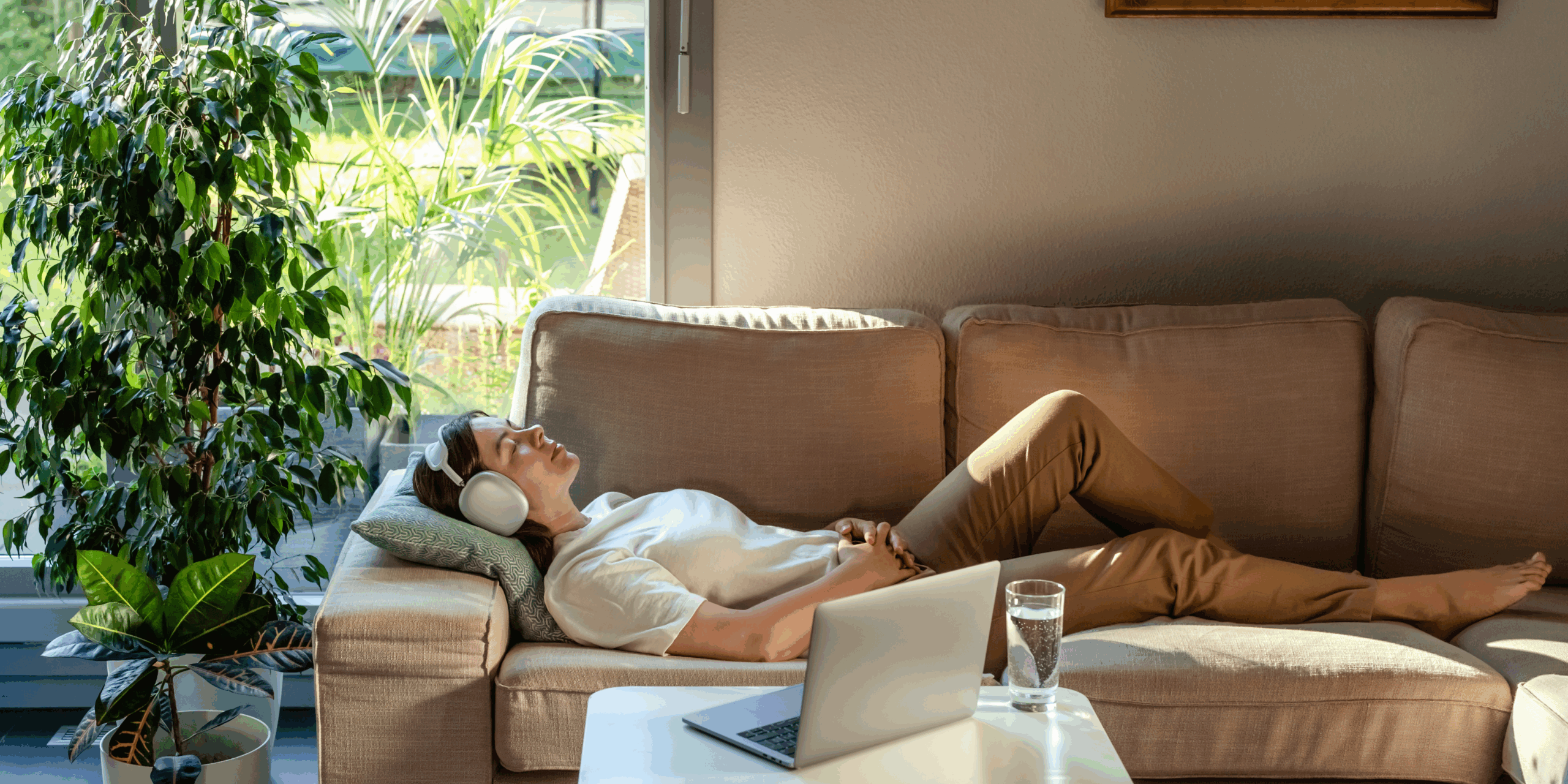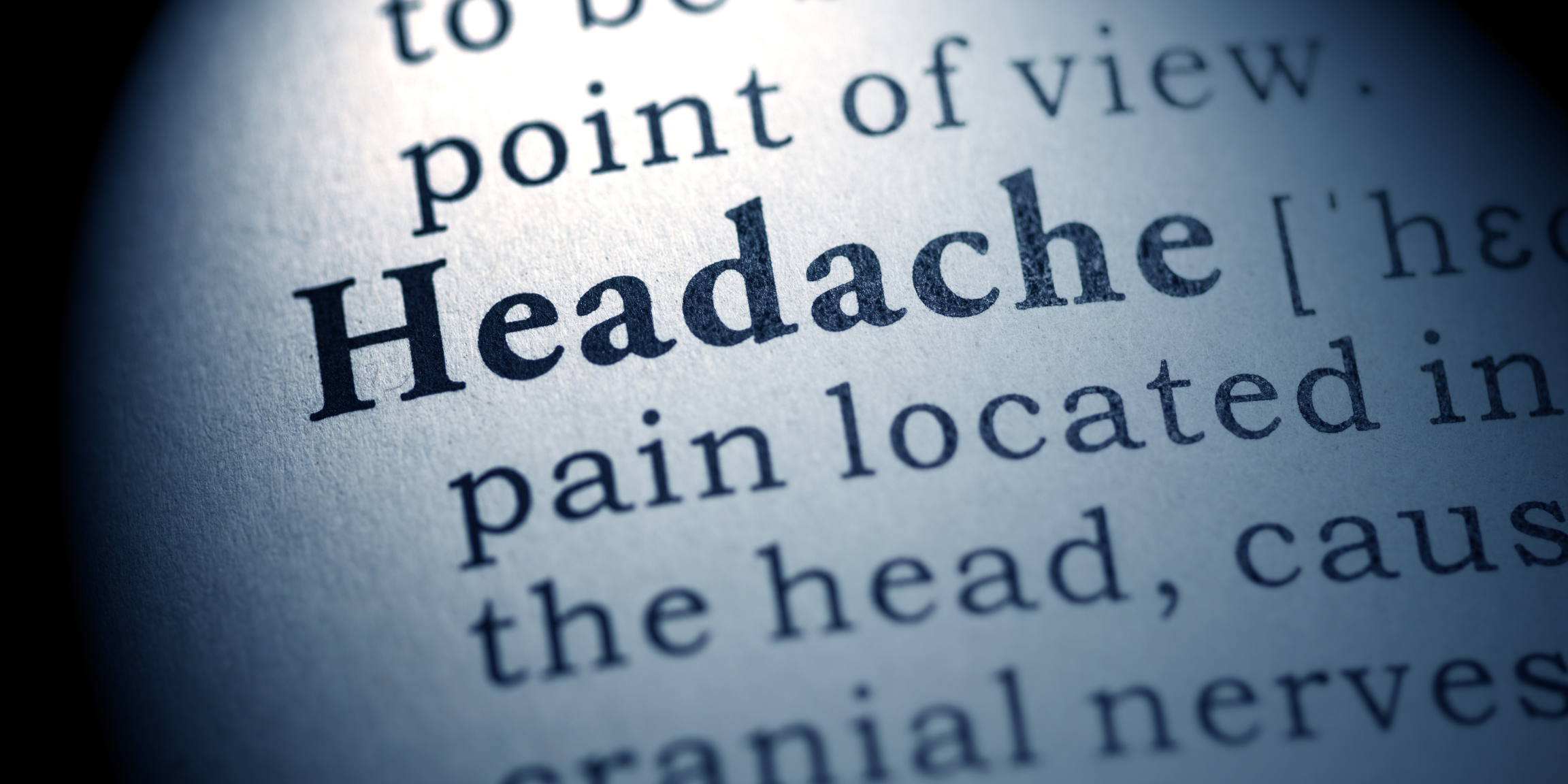Two years ago around this time of year my family had our first run in with head lice. We have two children – the oldest in grade one at the time and with beautiful long hair that was very attractive to lice. There are regular lice alerts that come home and lice checks at school yet we were caught off guard and climbed a steep learning curve over the proceeding few months as we went from our first to second to third infestations. I did over that time learn a great deal about the little critters and am pleased to be able to share some of what we learned here.
The case against insecticide shampoos.
They don’t get marketed as such, but the pharmaceutical over the counter and prescription shampoos for the treatment of head lice are insecticides. [ Source: EPA ]
Toxicity:
The two most common pharmaceutical shampoos are permethrin (Nix) and malathion (Ovide). They have different mechanisms of action, but they both function as neurotoxins. The case for human health and environmental concern is a legitimate one. In high doses they can affect the nervous systems of humans and animals. In low doses (like the shampoos) they are still not to be used on children under two years old and for pregnant women. Less is known about the additive effects of repeated use in older children and adults.
Resistance:
If that doesn’t make the medicated shampoos unappealing enough there is significant resistance [ Source ] among head lice to both permethrin (Nix) and malathion (Ovide). The rates of resistance are variable. One study, assessing resistance in the Danish population was published in the Journal of Medical Entomology. The authors estimate resistance at 95% in the populations studied. [ Source ]
The Alternatives
Natural Shampoos:
This journal article shows in a randomized control trial in which a tea tree oil and lavender oil combination application was more effective than insecticide based shampoos. Eco Kid is an Australian company that makes organic, biodegradable body products and shampoos. I recommend their Lice Bomb Shampoo – two thumbs up from this father/ND!
Combing:
Really this is not an alternative, but a must regardless of the shampoo or other treatment options being employed. All the studies that I have read that show great success have applied combing as the main therapy as it is the only way to ensure the nits (eggs) have been removed. Killing the live lice is great, but if you don’t remove the nits you’ll have a re-infestation on your hands within two weeks. Combing is a time consuming endeavor that will take about an hour (depending on the length of your child’s hair) and needs to be done once a day for about 2 weeks to be sure you’ve got them all, but it is by far the most effective technique provided you have a good lice comb and use it properly. This video and this video are must views for using a lice comb properly.
If you want to employ combing as treatment (and you definitely do), the Lice Meister Comb is the comb of choice. The only one endorsed by the National Pediculosis Association, it is worth the money. It’ll cost you about $25. There are alternatives out there from the comb included with the over the counter permethrin shampoo to products that look similar. The Lice Meister comb was the only one to hold up to repeated soaking in hot water and not bend or break.
Top 10 Natural Lice Treatment Tips
So some lice have found their way into your house – don’t panic. Many good parents have been there before you. Here are a few tips for dealing with the pesky pediculi.
- Take a deep breath! While it is incredibly unsettling to have these bugs crawling around on your kids heads (and maybe yours too) and even though it does mean more laundry and extra demands on your time – with a little education you’ll be prepared to get rid of and prevent future infestations.
- Avoid sharing hats, scarves, pillows brushes, combs – anything in direct contact with hair.
- Wash all items that have come into direct contact with affected heads (hats, pillow cases, bed sheets etc) in HOT water. The heat will kill the lice and eggs (nits).
- Place any items that you can not wash in a plastic bag for 2 weeks. Lice are spread by direct contact. They do not jump or fly and need to feed regularly (on the scalp). They will only live for 1-2 days on inanimate objects, but their eggs may take 2 weeks to hatch. They are also adapted to clinging to human hair – they don’t hold onto other surfaces well. So contracting lice from inanimate objects that are not in direct contact with the head is extremely unlikely.
- Soak all combs and brushes in hot water (60 C) for 10 minutes. This will kill any lice and eggs on them. Do this again after each use for the next 2-3 weeks.
- Use a natural Tea Tree Oil Shampoo 1-2 times per week for the next 2-3 weeks. Avoid daily hair washing. It’s a myth that lice like dirty hair. In fact they cling better to clean hair, as oils on the hair make it more difficult for them to travel.
- Use a wet combing technique and a good lice comb (see the end of this article for a recommendation). Comb the hair from as close to the scalp as you can get. Nits (eggs) are usually laid within ¼ inch of the scalp. They need to be this close to get to the scalp quickly after hatching. To properly control and prevent re-infestation you’ve got to comb close to the scalp.
- Be diligent for 2-3 weeks. The eggs of lice can take 2 weeks to hatch. Daily combing for 2 weeks (3 if you want to be extra cautious) after you stop seeing live lice will ensure you’ve got all the eggs out too.
- Keep long hair tied up using braids and buns. Lice are adapted to clinging to human hair. So keeping hair tied up is a primary preventative measure.
- Do a regular lice check at home once a week. This will make sure that if lice makes in onto your child’s head again, you’ll catch it before the infestation gets really bad.
More references:




